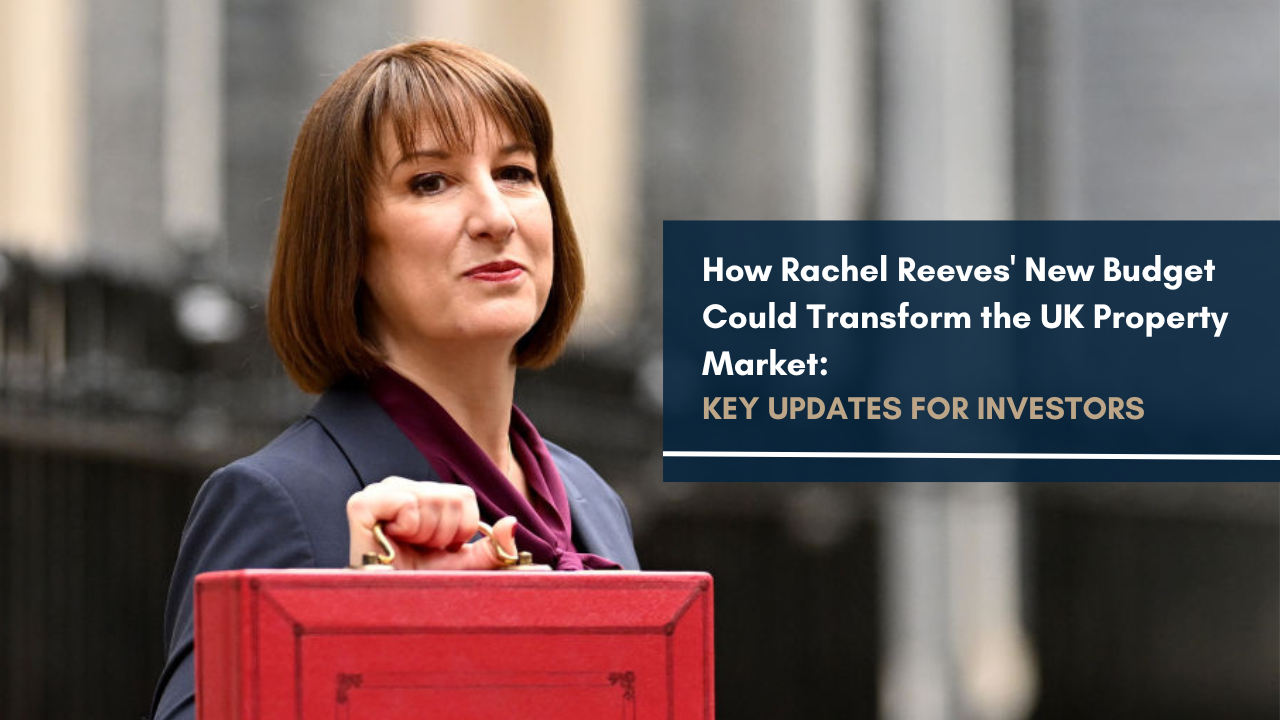Over the years, student accommodation has proven to be a very successful asset class for property investors. This is largely due to the excellent rental yields that are typically achieved on student housing.
Yields are high for student accommodation for two reasons.
First, student HMOs (Houses with Multiple Occupations) enable property owners to have multiple tenants paying individually for rooms in a house or flatshare, encouraging landlords to create as many bedrooms as possible within their properties. The more paying tenants, the better the yield.
Second, and more recently, the number of Purpose-Built Student Accommodation (PBSA) projects is increasing rapidly. Developers and investors have found a demand for higher quality student accommodation from the mid-to-upper market, with PBSA units, therefore, attracting higher rental prices than a standard student flat.
So, undoubtedly, investors looking for an excellent return on their investment via rental income should be considering student accommodation.
But what about the other route for return on investment, through an increase in a property’s value? Typically referred to as capital appreciation or capital growth, any increase in property value can net an investor tens of thousands in profit when they come to sell. But does student accommodation have capital growth potential?
Capital growth for student accommodation
The short answer is that yes, student accommodation does show capital growth over the long term. This is typical across the entirety of the property market, save for major economic downturns (such as the global recession). The longer answer is still yes, but there’s a caveat.
The caveat is that if you compare PBSA units to traditional residential units, the rate of capital growth is usually nowhere near as strong. This isn’t a hard rule, but it tends to be the case as PBSA is generally much cheaper than residential and has a very niche demand, whereas residential appeals to a much broader market.
That said, this may only apply to PBSA. A student HMO, by contrast, is often a normal residential property converted into a student house or flatshare. Such properties should increase in value at the same rate as other residential properties in the area, as the owner can always convert the HMO back.
However, HMOs carry a number of additional legal responsibilities, are usually located in sub-prime locations, and can require lots of maintenance (given the high number of tenants). All in all, this can affect the performance of the asset, and investors may simply be better off elsewhere.
Summary
Student accommodation has been a great asset class for years now.
In particular, PBSA is soaring in popularity and demand, creating plenty of opportunities for investors to get involved. It’s relative low, entry price opens it up to a wider range of budgets too.
But, as with any investment, it’s important to have a full understanding of the asset. And whilst student property offers incredible rental yields (often as high as 10%), its weakness lies in capital growth. Don’t get us wrong, there certainly is capital growth, but just not at the same rate as residential buy-to-lets, so whether it’s right for you really depends on your objectives and budgets.
If you need help or advice, consider contacting our team. We can discuss your requirements and help you find a suitable investment property – whether that’s student or residential.

































